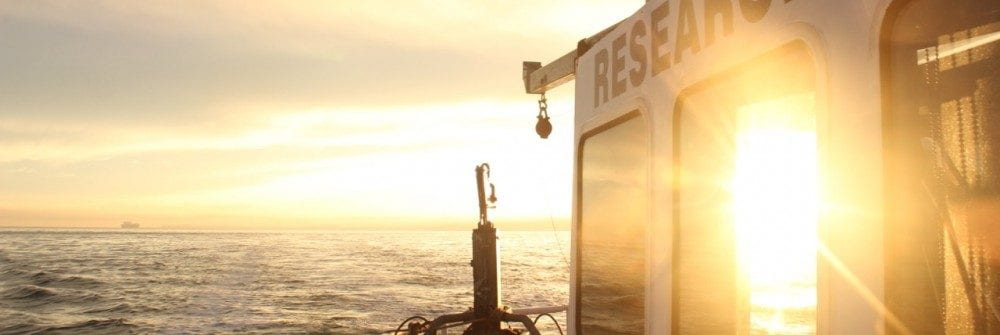This fall, I will be moving to New Orleans to begin a master’s program in Earth and Environmental Sciences at Tulane University. I will work to chronicle the history of a barrier island complex in southern Louisiana, specifically looking at what sediment makes up the islands, why it’s there, where it came from, where it’s going and how fast, and further projecting if and how best to restore and prevent barrier island loss.
 The opportunity to pursue a higher degree in the Earth Sciences is a direct result of what I have learned and the support I have felt during my tenure in the UW sediment dynamics lab. From my introduction, it was clear that this lab places great attention on both the understanding of general principles of field environments and the application of specific skills to better describe those environments.
The opportunity to pursue a higher degree in the Earth Sciences is a direct result of what I have learned and the support I have felt during my tenure in the UW sediment dynamics lab. From my introduction, it was clear that this lab places great attention on both the understanding of general principles of field environments and the application of specific skills to better describe those environments.
Through this lab group and its facilities, I was able to learn to use equipment ranging from the mechanical giant box core to the wee mini van veen, and from a massive tripod mounted with ADVs, ADCPs, OBSs, cameras etc. to small individual pressure gauges. Whether it was collecting sediment cores or water column data, the opportunity to apply these new skills came in the form of field work in the Cu Lao Dung mangrove forest of Vietnam and at the mouth of the Elwha River on the Olympic Peninsula, WA.
With the sediment cores available back home, it was time to put the laboratory instruments to use to describe the grain size distributions and the radioisotope signatures. It was also time to start dusting off the old matlab skills and begin the analysis of the water column wave and suspended sediment data. All of these tasks would be daunting on their own, but with the ever-present and ever-patient cohort of professors, grad students, and undergrads available to discuss, advise, and console (as is often the case when learning matlab), the laborious tasks turned into exciting and educational exercises, each exercise directly adding to the skills that now fill out my sediment dynamic utility belt.
Many other useful and fun opportunities were made available to me through the open and nurturing nature of the lab group, such as assisting with a class field trip aboard the R/V Thompson, mucking through the muddy flats of Willipa Bay, and attending the 2014 AGU conference in San Francisco. One thing that stands out to me the most was the tremendous opportunity to take graduate level classes through the University in an effort to build up the breadth of my fundamental knowledge.
Application of the skills and knowledge base I gained here at the UW will be invaluable assets to the design, deployment, analysis, and publication of my upcoming Mississippi based project. I am eager and anxious for my upcoming challenges, but equally calm and relieved knowing the support, both academic and interpersonal, that will follow me.
-Dan









